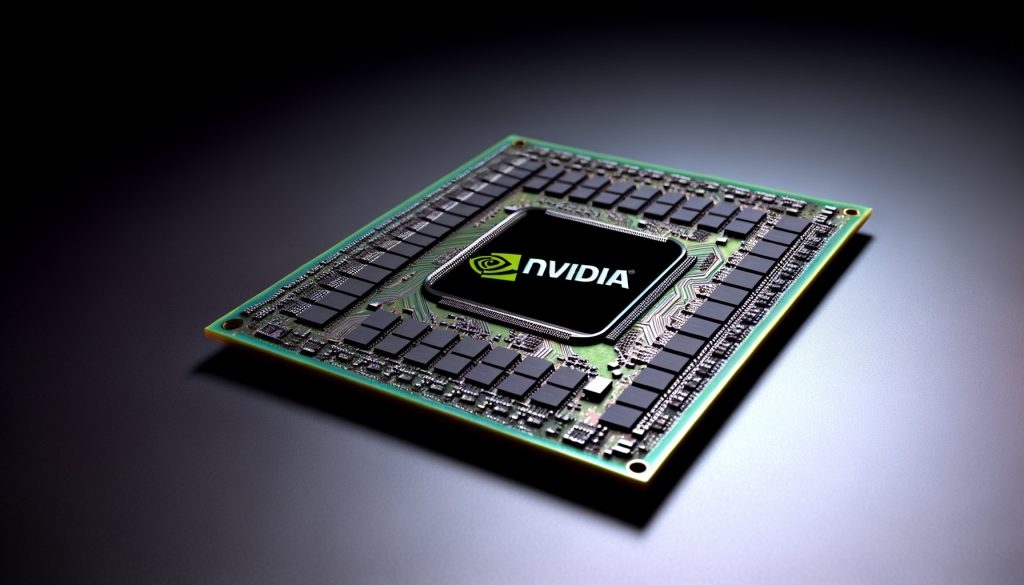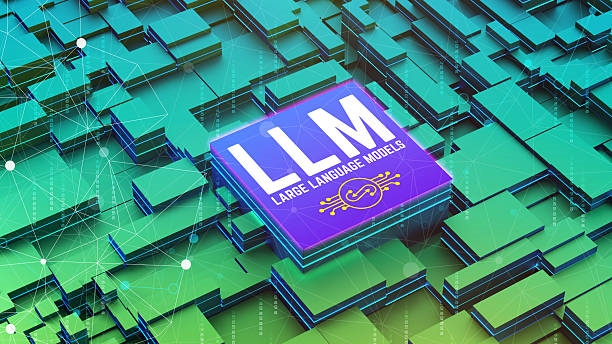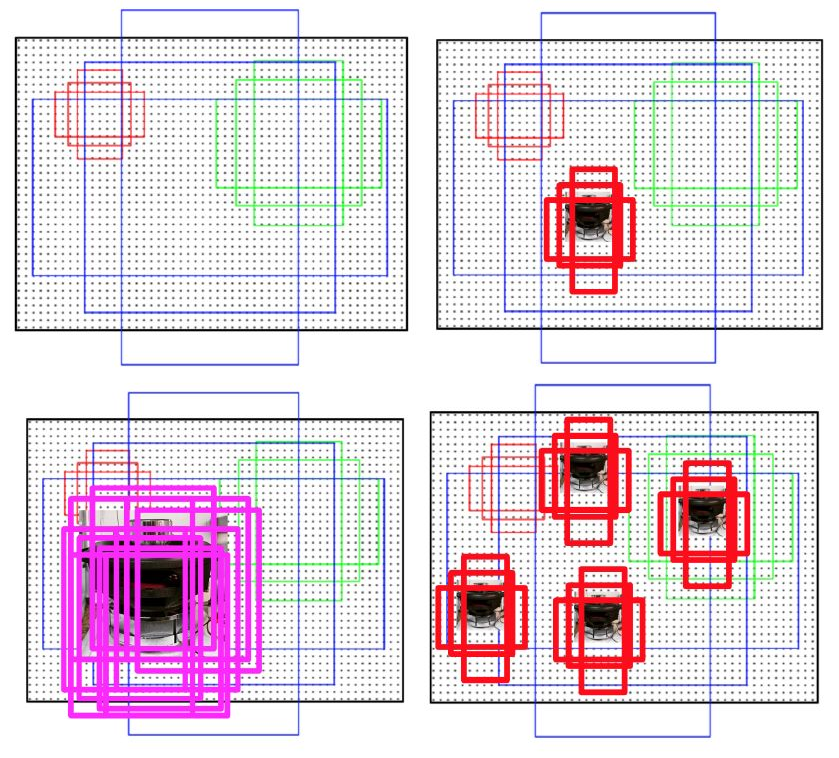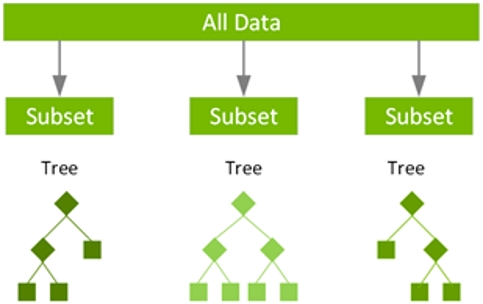Overview
The AI-RAN Alliance was formally established at MWC 2024. Founding members include Amazon Web Services, Arm, DeepSig, Ericsson, Microsoft, Nokia, Northeastern University (US), NVIDIA, Samsung Electronics, SoftBank, and T-Mobile.
The alliance aims to integrate artificial intelligence (AI) into cellular technology to advance radio access network (RAN) technologies and mobile networks. Its stated objectives include improving network efficiency, reducing power consumption, and modernizing infrastructure to enable telecom operators to pursue new opportunities in the 5G and 6G eras.
Members will focus on three core research and innovation areas: enhancing RAN capabilities, integrating AI with RAN processes to create new AI-driven revenue opportunities, and deploying AI services at the network edge to improve operational efficiency and deliver new services to mobile users.
Part 1: AI-RAN Alliance
The formation of the AI-RAN Alliance represents a new collaborative effort in mobile communications. The group of companies intends to combine AI with cellular technology to push RAN and mobile network development.
- AI in RAN aims to improve radio access network performance and efficiency through advanced tools and techniques.
- AI and RAN integration is designed to run on the same underlying infrastructure, allowing resources to be utilized continuously even when mobile client activity is low. When network activity occurs, RAN processes are prioritized to ensure optimal performance.
- AI on the RAN primarily involves developing and deploying AI-capable applications at the network edge, delivered over 5G connectivity to provide enhanced services and experiences.
NVIDIA is a prominent participant and provides hardware and software used for AI workloads.
The alliance concentrates on three research areas: enhancing RAN capabilities; integrating AI with RAN processes to generate AI-driven revenue; and deploying AI services at the edge to improve operations and offer new services to mobile users.
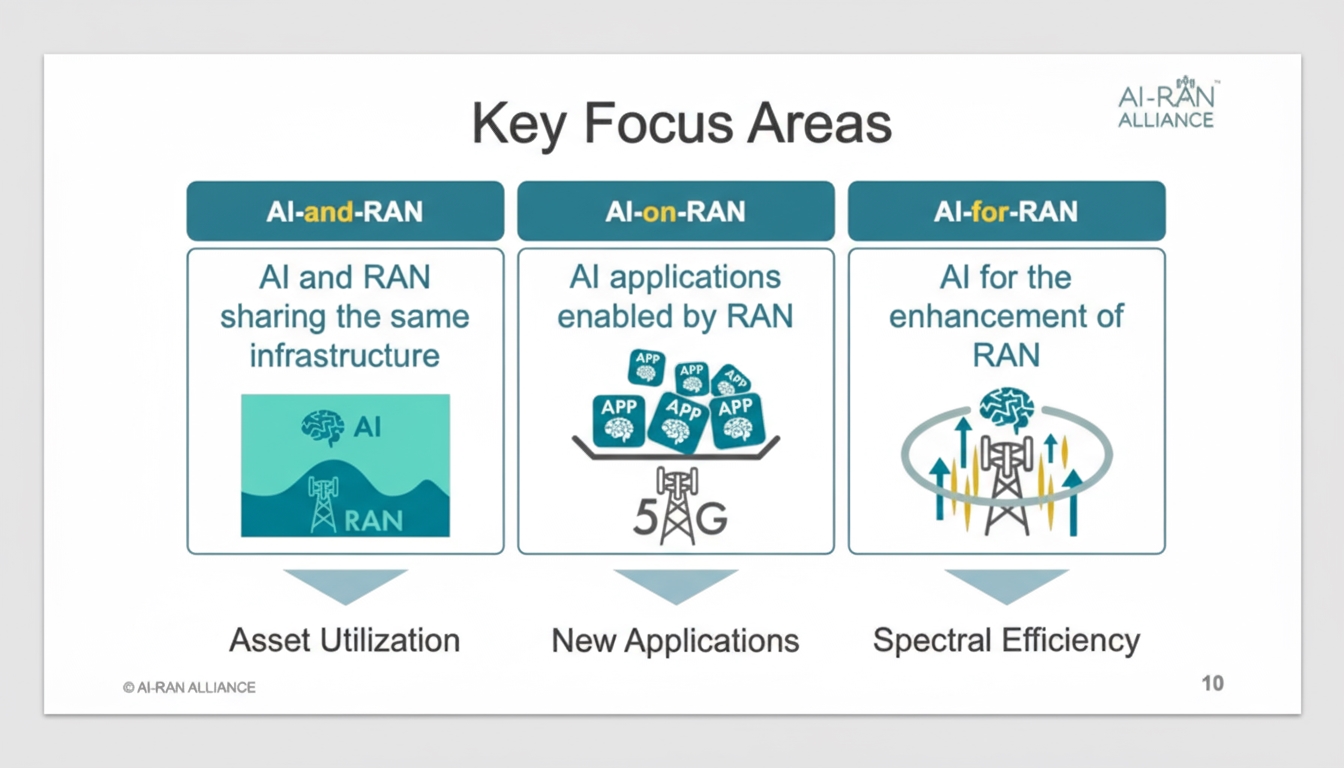
The initiative is based on the premise that current RAN architectures are inefficient and that operators need the automation and efficiency gains that intelligent AI deployments can offer.
The alliance aims both to improve potential return on investment for telecom operators and to propose a feasible blueprint for future RAN architectures. By sharing data and promoting efficient AI applications in radio access networks, the AI-RAN Alliance attempts to support the industry’s longer-term sustainability.
For mobile operators, AI-RAN architectures represent a planning consideration for the future of mobile communications.
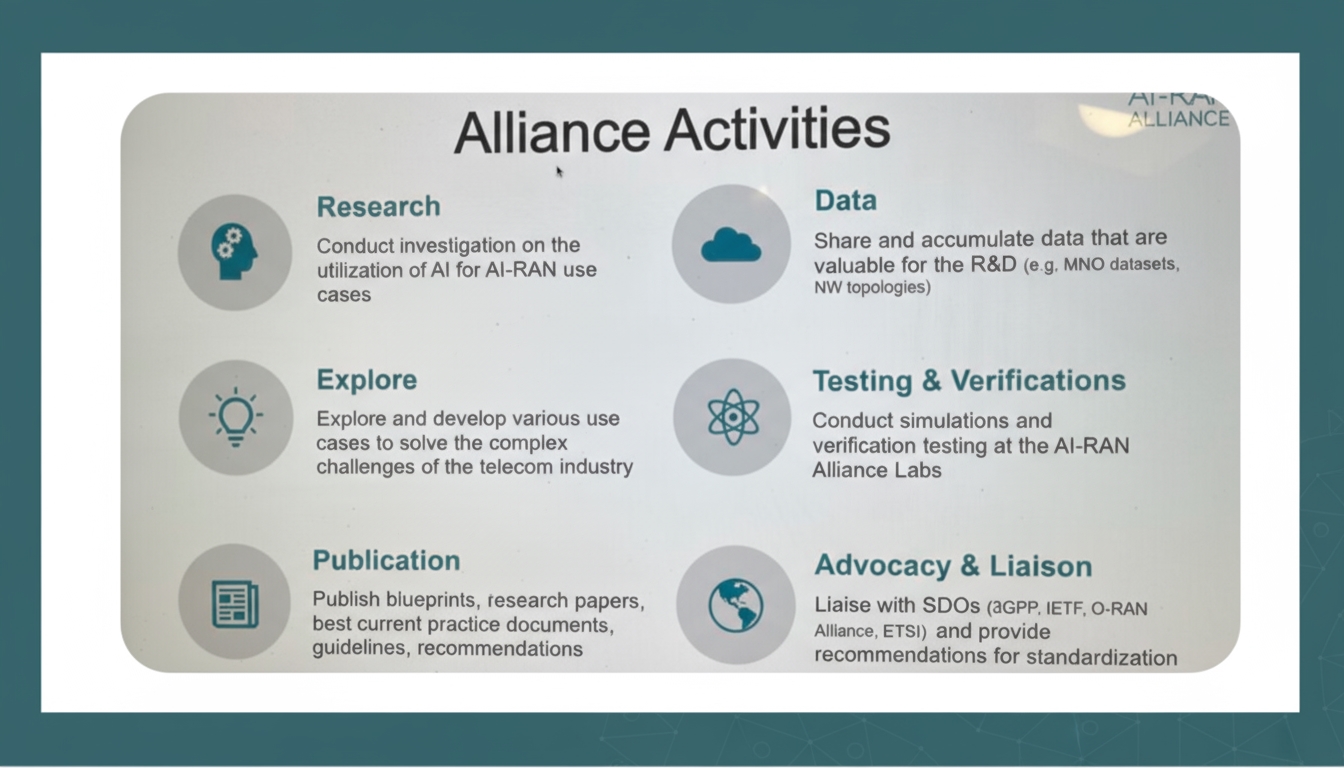
Part 2: Next Steps for China
In communications, European and US vendors are actively exploring two main technical paths: an "open" approach and a "compute" approach.
- OpenRAN embodies an open philosophy, emphasizing disaggregation between front- and back-end elements, using transparent protocols to build a building-block architecture. The goal is to replace traditional closed "black-box" systems with "white-box" alternatives and provide opportunities for smaller vendors. In practice, OpenRAN equipment has shown mixed results: implementations can function but often exhibit lower performance and higher costs compared with tightly integrated solutions.
- The compute approach, as represented by AI-RAN, applies AI computation to address channel issues in the RAN. Real-time channel variation is the key foundation for data-driven AI methods. AI-based computation can improve channel prediction and reduce the overhead of frequent channel detection.
While AI can assist with channel-related problems, its capacity to cause disruptive change remains debated. The emphasis on AI-RAN has also been influenced by the relative strength of Western vendors in chip design, which may be a competitive factor.
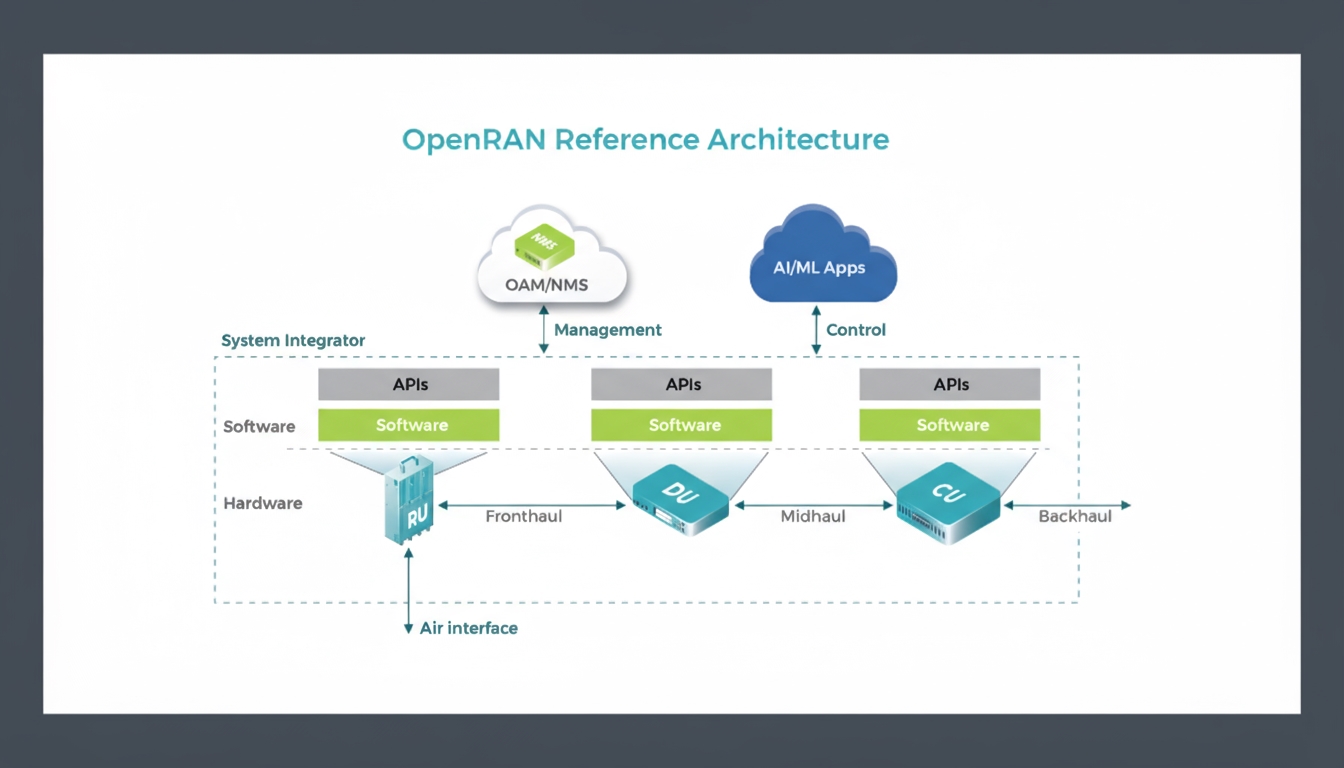
 ALLPCB
ALLPCB


